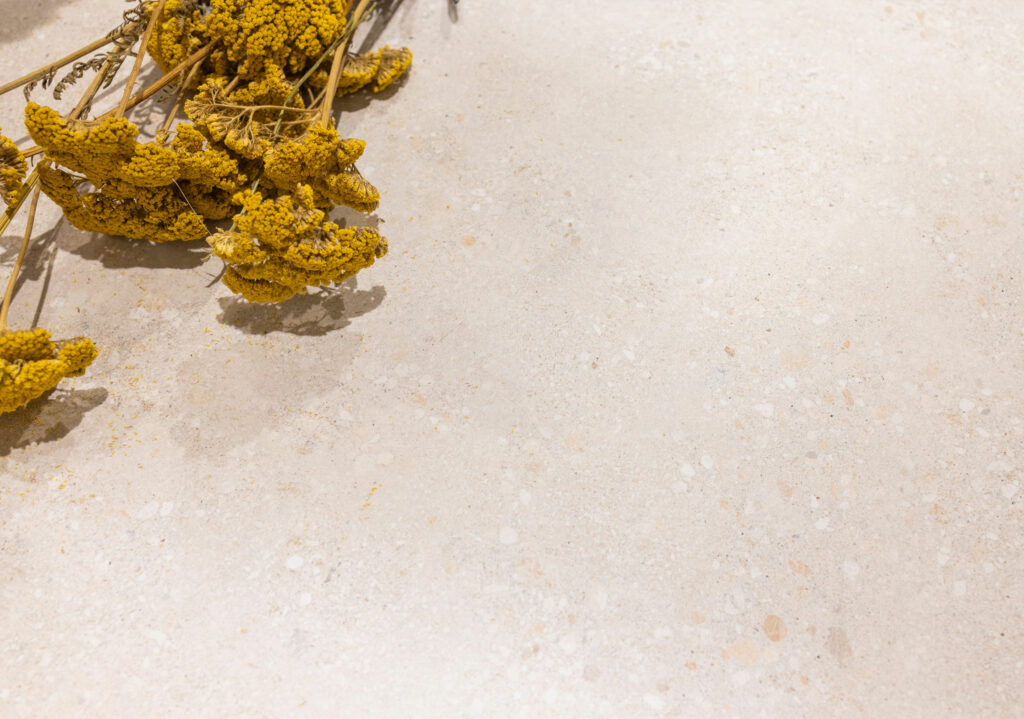5 February, 2024

In an increasingly urbanized world, biophilic design emerges as a beacon guiding architects and designers towards the harmonious integration of nature in built environments.
This trend is not only aesthetic but also a conscious response to the innate human need to connect with nature, even amidst skyscrapers and urban structures.
Biophilic design is based on the idea that people thrive when in contact with nature. It draws inspiration from biodiversity, natural patterns, and daylight to create spaces that foster well-being and productivity.
From the incorporation of plants and aquatic elements to the introduction of natural materials and natural light, this movement seeks to revitalize the urban environment.
Numerous studies support the benefits of biophilic design for mental and physical health. The presence of natural elements in built environments has been shown to reduce stress, increase productivity, and enhance concentration.
Connecting with nature through design is not only aesthetically pleasing but also contributes to emotional and mental balance amid the demands of modern life.
As environmental awareness deepens, biophilic design is not just an aesthetic trend but a philosophy driving sustainability. The use of recycled materials, maximization of energy efficiency, and integration of eco-friendly technologies are examples of how this style evolves towards creating spaces that benefit not only occupants but also the environment.
In conclusion, this trend offers an innovative and holistic approach to addressing the relationship between the built environment and nature. By merging functionality with aesthetics, this approach not only transforms physical spaces but also nurtures the human spirit, creating environments where modernity coexists harmoniously with nature.
And finally, some key elements of biophilic design for you to apply in your spaces: